Back to search results
QUEENSCLIFF RAILWAY STATION
20 SYMONDS STREET (AND WHARF STREET) QUEENSCLIFF, QUEENSCLIFFE BOROUGH
QUEENSCLIFF RAILWAY STATION
20 SYMONDS STREET (AND WHARF STREET) QUEENSCLIFF, QUEENSCLIFFE BOROUGH
All information on this page is maintained by Heritage Victoria.
Click below for their website and contact details.
Victorian Heritage Register
-
Add to tour
You must log in to do that.
-
Share
-
Shortlist place
You must log in to do that.
- Download report
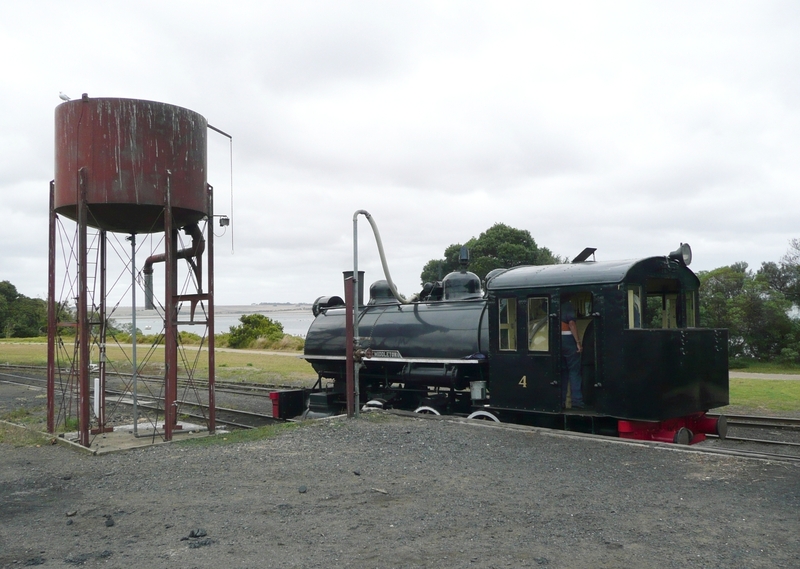
QUEENSCLIFF RAILWAY STATION SOHE 2008

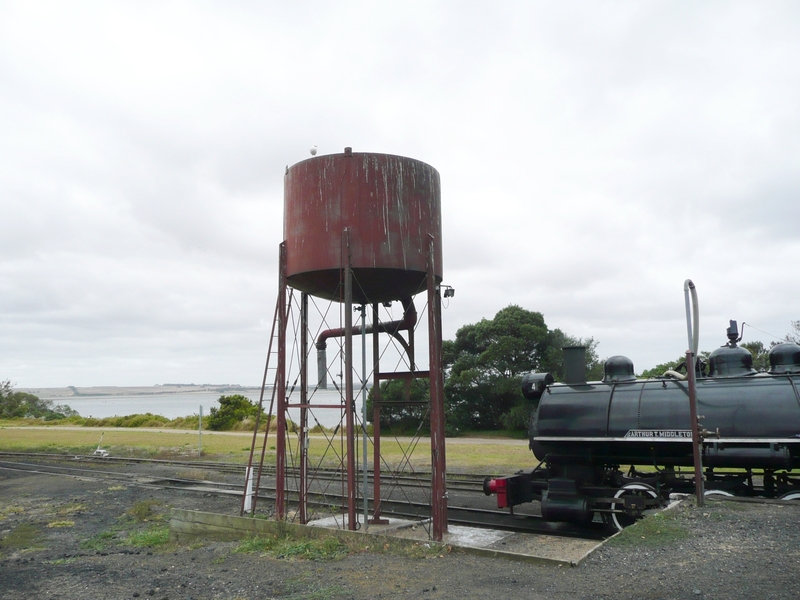
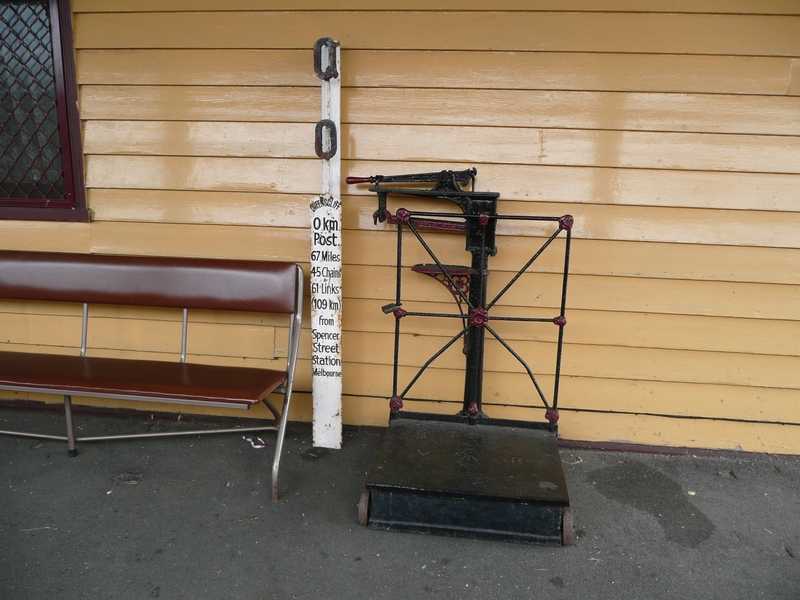
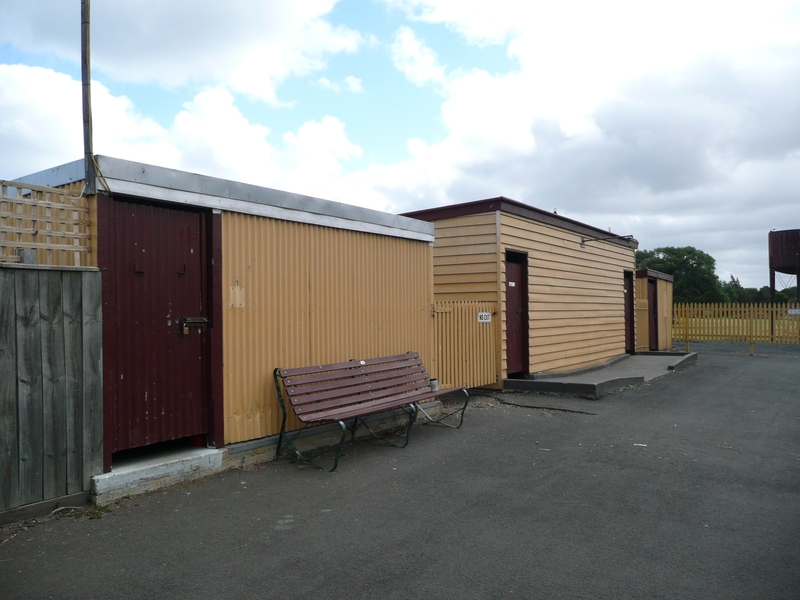



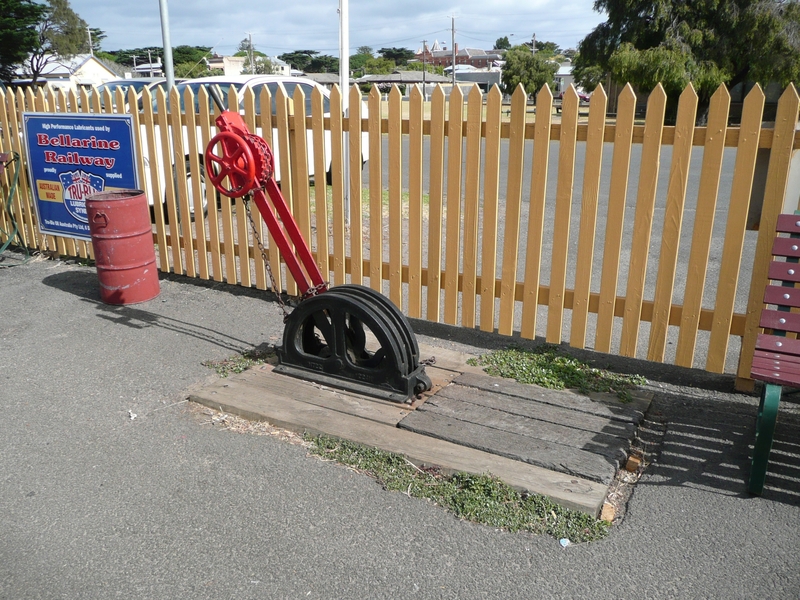



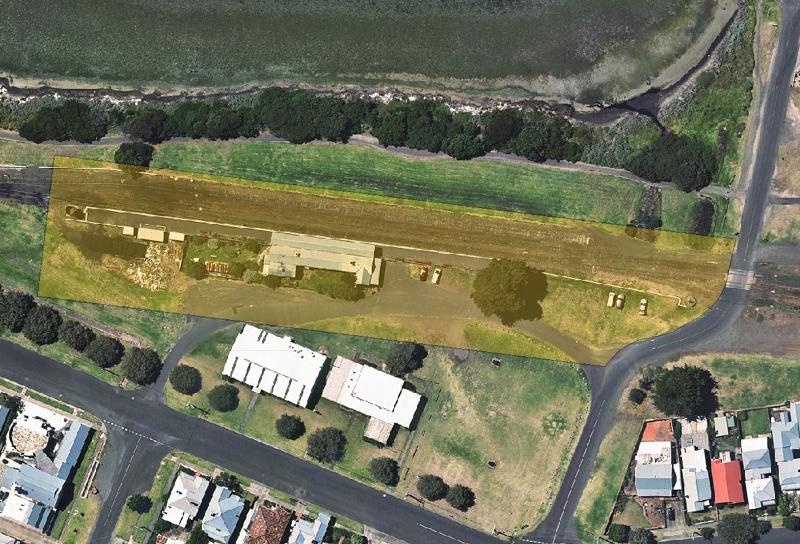
On this page:
Statement of Significance
What is significant?
Queenscliff Railway Station was constructed for the Victorian Railways in 1881, by William Swanson and is located on the foreshore of Swan Bay, on the Geelong-Queenscliff line. It consists of a timber gable roofed station building with former residence. It features a large open waiting area designed to cater for holiday traffic, and distinctive barges that are also found on the posted gable roofed verandah. It includes various corrugated iron yard outbuildings, an adjoining crane base and non-original water tower.
How is it significant?
Queenscliff Railway Station is historically and architecturally significant to the State of Victoria.
Why is it significant?
Queenscliff Railway Station is architecturally significant as an essentially intact example of a country railway station built to a unique design rather than to a standard pattern. Featuring a large waiting area, the station was designed principally to cater for large numbers of tourists at peak holiday times.
Queenscliff Railway Station is historically significant in that it is the earliest of the tourist-oriented type of railway station and is closely associated with the development of tourism in Victoria and the historic development of the Queenscliff district. The station is also historically significant for its associations with the 'light lines' era (c.1869 - c.1884).
Queenscliff Railway Station was constructed for the Victorian Railways in 1881, by William Swanson and is located on the foreshore of Swan Bay, on the Geelong-Queenscliff line. It consists of a timber gable roofed station building with former residence. It features a large open waiting area designed to cater for holiday traffic, and distinctive barges that are also found on the posted gable roofed verandah. It includes various corrugated iron yard outbuildings, an adjoining crane base and non-original water tower.
How is it significant?
Queenscliff Railway Station is historically and architecturally significant to the State of Victoria.
Why is it significant?
Queenscliff Railway Station is architecturally significant as an essentially intact example of a country railway station built to a unique design rather than to a standard pattern. Featuring a large waiting area, the station was designed principally to cater for large numbers of tourists at peak holiday times.
Queenscliff Railway Station is historically significant in that it is the earliest of the tourist-oriented type of railway station and is closely associated with the development of tourism in Victoria and the historic development of the Queenscliff district. The station is also historically significant for its associations with the 'light lines' era (c.1869 - c.1884).
Show more
Show less
-
-
QUEENSCLIFF RAILWAY STATION - History
Queenscliff was an important tourist destination, the railway station forming the gateway to Queenscliff. Featuring a large waiting area, these stations were designed principally to cater for large numbers of tourists at peak holiday times. It is the earliest of this tourist-oriented type of railway station and was closely associated with the development of tourism in Victoria and the historic development of the Queenscliff district. Fresh fish was regularly transported by rail from Queenscliff to both Melbourne and Ballarat, the station therefore having an important role in the local industry (Lovell, 1984). The station is also associated with the 'light lines' era. The 'light lines' (c.1869 - c.1884) followed the earlier 'main trunk lines' (c.1857 - c.1869). A determined effort was made to minimise the cost of railway construction, due to the previous lavish expenditure on railway structures and a worldwide financial depression in the late 1860s. This resulted in a more restrained approach towards station building design. (Harrigan, 1962) (Beeston, 1995)QUEENSCLIFF RAILWAY STATION - Permit Exemptions
General Exemptions:General exemptions apply to all places and objects included in the Victorian Heritage Register (VHR). General exemptions have been designed to allow everyday activities, maintenance and changes to your property, which don’t harm its cultural heritage significance, to proceed without the need to obtain approvals under the Heritage Act 2017.Places of worship: In some circumstances, you can alter a place of worship to accommodate religious practices without a permit, but you must notify the Executive Director of Heritage Victoria before you start the works or activities at least 20 business days before the works or activities are to commence.Subdivision/consolidation: Permit exemptions exist for some subdivisions and consolidations. If the subdivision or consolidation is in accordance with a planning permit granted under Part 4 of the Planning and Environment Act 1987 and the application for the planning permit was referred to the Executive Director of Heritage Victoria as a determining referral authority, a permit is not required.Specific exemptions may also apply to your registered place or object. If applicable, these are listed below. Specific exemptions are tailored to the conservation and management needs of an individual registered place or object and set out works and activities that are exempt from the requirements of a permit. Specific exemptions prevail if they conflict with general exemptions. Find out more about heritage permit exemptions here.Specific Exemptions:General Conditions
1. All alterations are to be planned and carried out in a manner that prevents damage to the fabric of the registered place or object.
2. Should it become apparent during further inspection or the carrying out of alterations that original or previously hidden or inaccessible details of the place or object are revealed which relate to the significance of the place or object, then the exemption covering such alteration shall cease and the Executive Director shall be notified as soon as possible.
3. If there is a conservation policy and plan approved by the Executive Director, all works shall be in accordance with it.
4. Nothing in this declaration prevents the Executive Director from amending or rescinding all or any of the permit exemptions.
5. Nothing in this declaration exempts owners or their agents from the responsibility to seek relevant planning or building permits from the responsible authority where applicable.
* All basic refurbishment works including repairs to buildings and structures, where works are documented and administered by a recognised conservation consultant.
* Installation of perimeter fencing.
* Installation of new signalling systems and modifications to existing signalling systems.
* Modification and replacement of tracks to the extent of the rails, sleepers and ballast.
* Installation of new landscaping features but excluding earthworks where more than 1m3 of ground is to be altered.
Station Buildings
Exterior
* Replacement of decayed fabric with fabric that matches the original design and profile.
* Installation of new but not removal of existing original significant signage.
* Installation of temporary protective hoardings, screens and the like for the protection against intrusion of vandals and the like provided that no damage is sustained to significant fabric.
* Installation of new damp proofing and making good to match existing, adjacent surfaces.
Interior
* Interior painting but not stripping of existing paint scheme.
* Installation of new but not removal of existing original significant carpets/flexible floor coverings.
* Installation of new but not removal of existing original significant fixtures and fittings, including clocks, soft furnishings including curtain tracks, rods, blinds and other window dressings, and the like.
* Installation of new but not the removal of existing original significant signage.
* Installation of new partitions provided that no damage is sustained to significant fabric.
* Replacement of non-original kitchen and toilet fixtures provided that no damage is sustained to significant fabric.
* Installation of insulation to ceiling spaces.
* Installation of hooks, nails and other devices for the hanging of paintings, mirrors and other wall mounted works of art.QUEENSCLIFF RAILWAY STATION - Permit Exemption Policy
The purpose of the permit exemptions is to allow works that do not impact on the significance of the place to occur without the need for a permit. The Queenscliff Railway Station is important for its individual buildings as well as its precinct values. The exterior of the buildings are of prime importance. The interior is important if original fittings and fixtures still survive. Track works and maintenance to the buildings are able to be undertaken without a permit.
-
-
-
-
-
LATHAMSTOWE
 Victorian Heritage Register H1052
Victorian Heritage Register H1052 -
PILOTS COTTAGES
 Victorian Heritage Register H1618
Victorian Heritage Register H1618 -
ROSENFELD
 Victorian Heritage Register H1134
Victorian Heritage Register H1134
-
'ELAINE'
 Boroondara City
Boroondara City -
-oonah
 Yarra City
Yarra City -
..eld House
 Yarra City
Yarra City
-
-












